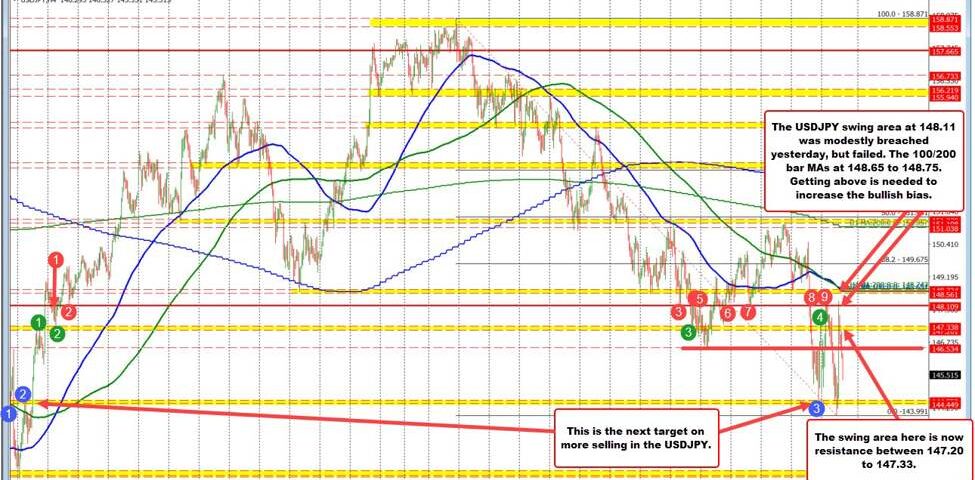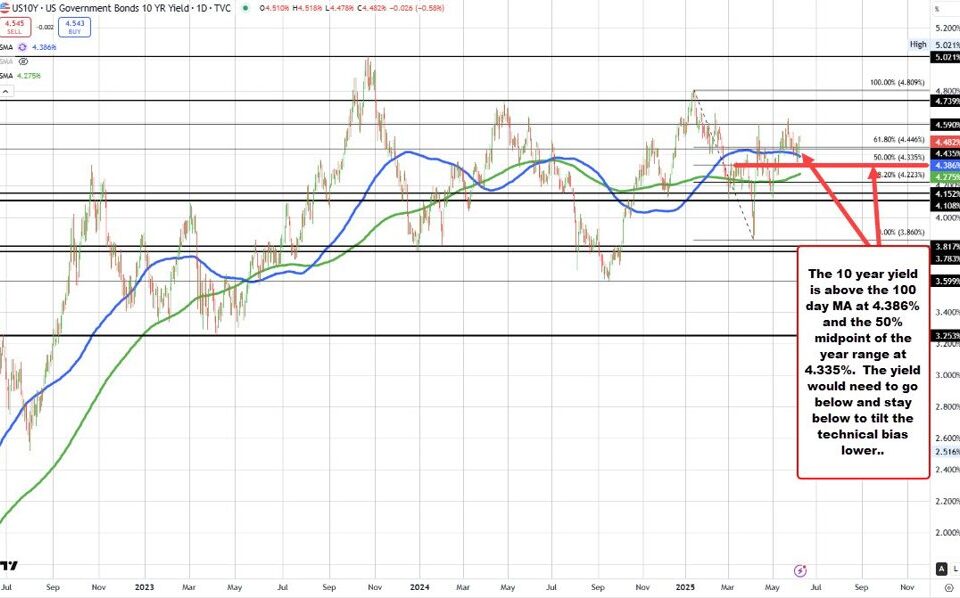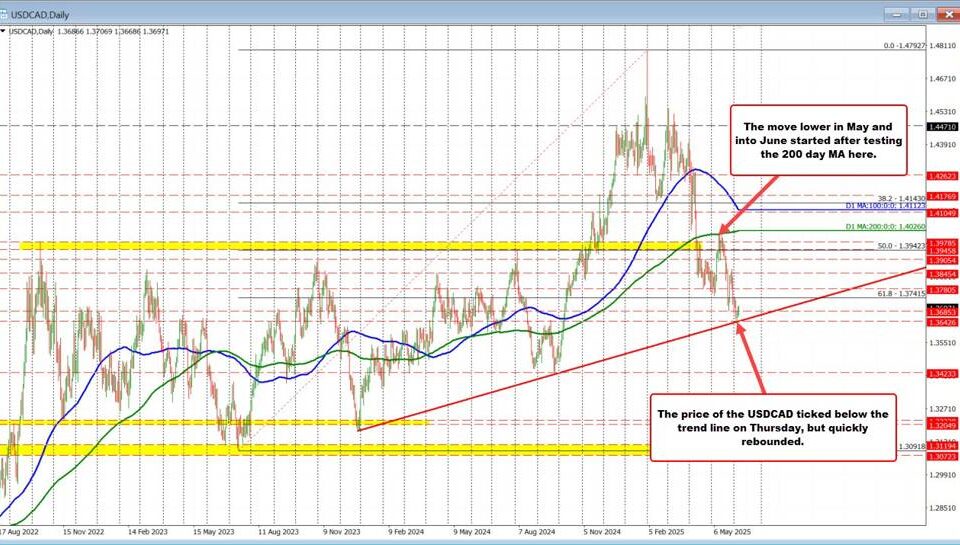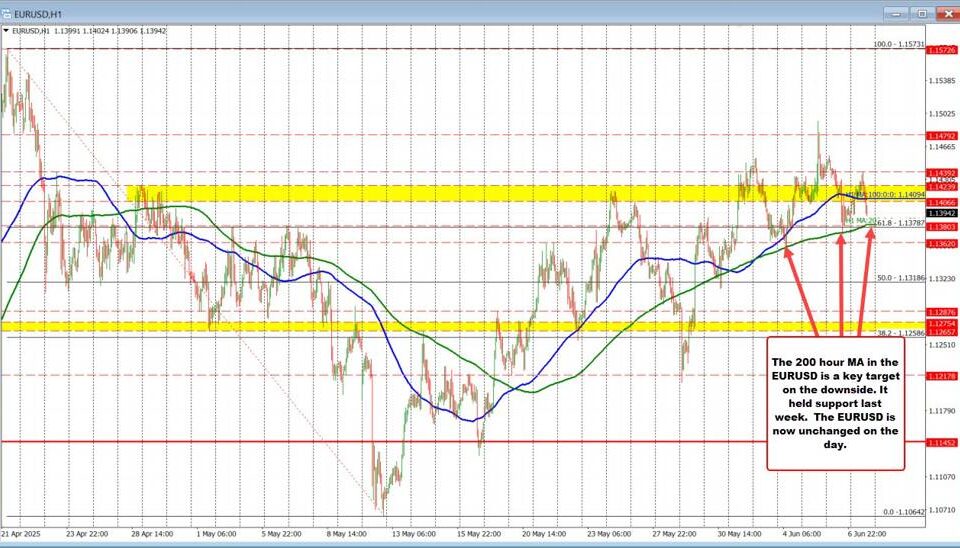
Jeremy Siegel’s Stark Warning: Tariffs Could Trigger Economic Turmoil
Tháng 4 10, 2025
Navigating Stock Market Trends: Insights on Tesla, Stellantis, U.S. Steel, CarMax & Delta Air Lines
Tháng 4 10, 2025Recent Trends and Forecasts for the USD/JPY Currency Pair: Navigating the Volatility
The USD/JPY currency pair has become a focal point for investors, exhibiting notable volatility in recent months. As global economic dynamics shift and trade policies evolve, market sentiment around USD/JPY continues to change rapidly, contributing to substantial price fluctuations. This overview will provide insights into recent trends and forecasts for this influential currency pair.
USD/JPY Caught in Volatility
The currency pair has found itself trapped in a fluctuating range, marked by erratic market behavior. Recent volatility has resulted in the pair oscillating between multi-month lows and occasional recoveries. Such instability can be attributed to a variety of factors, including changing global trade relations and shifts in risk perception among investors.
The influence of political decisions is particularly profound. For instance, U.S. President Donald Trump’s recent tariff adjustments have drastically affected the USD/JPY dynamic. Although a 90-day suspension of reciprocal tariffs has offered a momentary respite, the underlying tensions remain palpable. Increased tariffs on China and the uncertainties surrounding interactions with other trading partners serve as constant reminders of the fragility of trade relations, which in turn affects the USD/JPY. This situation is indicative of the broader themes discussed in China’s President Xi Jinping convened global CEOs to address U.S.-China trade tensions, emphasizing international stability and collaboration amidst these challenges.
Technical Analysis: Key Levels to Watch
On a technical analysis front, the USD/JPY pair is grappling with significant resistance near the 148.00 level, juxtaposed against support found in the 146.00 to 147.00 range. The 100-period Simple Moving Average (SMA) is also a crucial reference point; any sustained movements above this line could potentially negate the prevailing negative trends. Traders and investors are advised to monitor these levels closely to gauge potential future momentum.
Forecasts and Outlook for USD/JPY
Looking ahead, forecasts for the USD/JPY suggest a nuanced outlook. Analysts predict that the yen may appreciate in value, with expectations that the USD/JPY could range between 110 and 120 by the end of 2025. However, this projection is contingent upon several variables, including central bank policies, geopolitical events, and economic growth trajectories in both the United States and Japan. This is particularly relevant as investors must be aware of common investment mistakes to avoid for long-term success, as outlined in the blog on top investment mistakes to avoid in 2023.
The ongoing safe-haven status of the yen remains a critical element in its valuation against the dollar. Particularly during periods of geopolitical uncertainty and trade disputes, the yen often attracts investors seeking stability. This demand can lead to upward pressure on its value, further complicating the dynamics of the USD/JPY pair.
The Role of Central Banks
Central bank policies will play a pivotal role in shaping the future of USD/JPY. Decisions from both the Federal Reserve and the Bank of Japan regarding interest rates are likely to influence investor sentiment. A narrowing interest rate differential between the U.S. and Japan could bolster the yen’s position against the dollar, potentially leading to a stronger yen as investors reevaluate their strategies. It is crucial for investors to monitor market dynamics, as emphasized in the blog discussing recent stock market movements of notable companies, which highlights the importance of being responsive to the fluctuating nature of currency pairs like USD/JPY.
In conclusion, navigating the complexities of the USD/JPY currency pair requires staying attuned to both macroeconomic indicators and geopolitical developments. As trade policies evolve, so too will the dynamics that govern this key currency pair, making it crucial for traders and investors to remain vigilant in their analysis.




